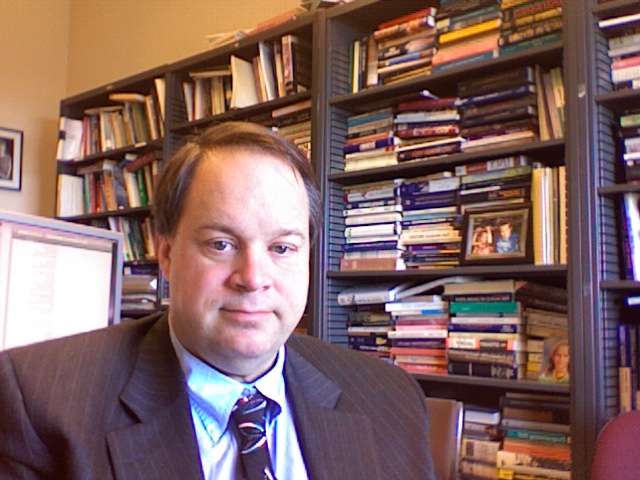The long short run

By J. Bradford DeLong
Former deputy assistant secretary of the US Treasury, Professor of Economics at the University of California at Berkeley and a research associate at the National Bureau of Economic Research
Before 2008, I taught my students that the United States was a flexible economy. It had employers who were willing to gamble and hire when they saw unemployed workers who would be productive; and it had workers who were willing to move to opportunity, or to try something new in order to get a job. As bosses and entrepreneurial workers took a chance, supply would create its own demand.
Yes, I used to say, adverse shocks to spending could indeed create mass unemployment and idle capacity, but their effects would be limited to one, two, or at most three years. And each year after the initial downturn had ended, the US economy would recover roughly 40% of the ground between its current situation and its full employment potential.
The domain of the Keynesian (and monetarist) short run, I said, was 0-2 years. When analyzing events at a horizon of 3-7 years, one could safely assume a "classical" model: the economy would return to full employment, while changes in policy and in the economic environment would alter the distribution but not the level of spending, production, and employment. Beyond seven years was the domain of economic growth and economic institutions.
All of this is now revealed as wrong, at least for today, if not in the past or the future. Japan since the start of the 1990's provides strong evidence that the short run can last for decades, and then be followed not by a return to the old normal, but by a transition to a new normal in which the Keynesian short run of economic depression casts a long shadow. What we have seen since 2008 is that Japan is not an exception.
The default framework for thinking about these questions is a very old one: the market-and-natural-interest-rate framework of Knut Wicksell's Geldzins und Guterpreis ("Interest and Prices"). In every economy, the argument goes, there is a market interest rate determined by the financial system, and there is a natural interest rate - the value at which desired savings at full employment equal desired investment at full employment, and at which the economy as a whole desires neither to leverage nor to deleverage.
If the economy as a whole desires to leverage up, the result is an inflationary boom. If the economy as a whole desires to deleverage, a depression ensues. It is then the central bank's job to intervene in the banking system in order to push the market interest rate to the natural interest rate, thereby balancing the economy at full employment without excess inflation.
The problem now is that the natural interest rate - that is, the liquid safe nominal interest rate on short-term US Treasury securities - is less than zero. Thus, the central bank cannot push the market interest rate there. Until something happens to raise the natural interest rate, we are stuck with a depressed economy.
Some blame a global savings glut for this state of affairs, and call for less thrift. But if we were at full employment, we would recognize that the world still has mammoth growth opportunities, and to sacrifice future growth for current well-being is a second-best choice.
Others blame a global investment shortfall driven by a lack of technological opportunities. But, given that this view is expressed in every deep depression, it appears to be an effect of economic stagnation, rather than a cause of it.
Still others say that the problem would resolve itself, at least in the US, if the target for annual inflation were raised from 2% to 5%, because a loss of so much of the real purchasing power that people hoard in cash would induce the needed boost in real investment. I think they are probably right, but former central bankers like Paul Volcker and Alan Greenspan would warn that a 5% inflation target is ultimately unsustainable. People can be happy with a stable 2% target (which is too low to notice), but 5% annual inflation would eventually become 10%, and 10% would eventually become 20%, and then the US would face another deep recession, like in 1982, or even more unpleasant alternatives.
Finally, according to a fourth group of economists, centered around Ricardo Caballero of MIT, the problem is a global shortage of safe assets. This view translates into policies aimed at better mobilizing society's financial risk-bearing capacity, and that use the public sector to outwit the forces of time and ignorance that curb willingness to engage in risky investments.
So we have four theories, all advocated by smart, thoughtful, and hard-working economists. In a better world, sophisticated debate in a vibrant public sphere would inform economic policy. In the world as it is, we are all Japan in the early 1990's, looking ahead to two or more decades of lost economic growth.
Copyright: Project Syndicate
